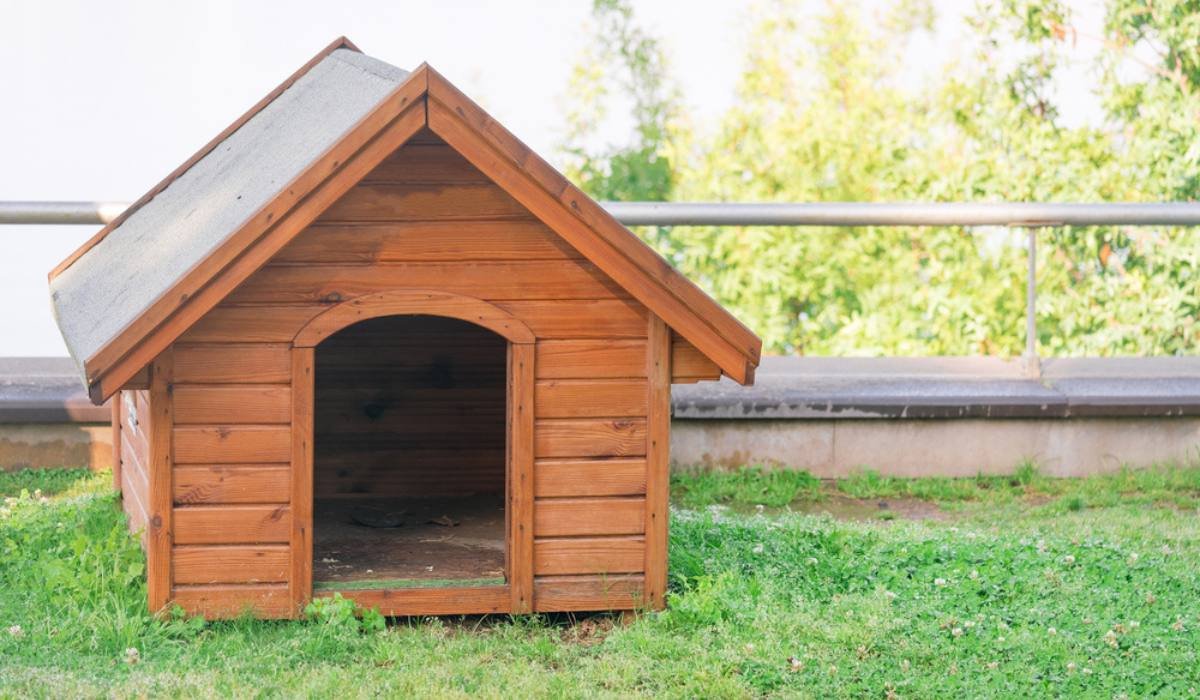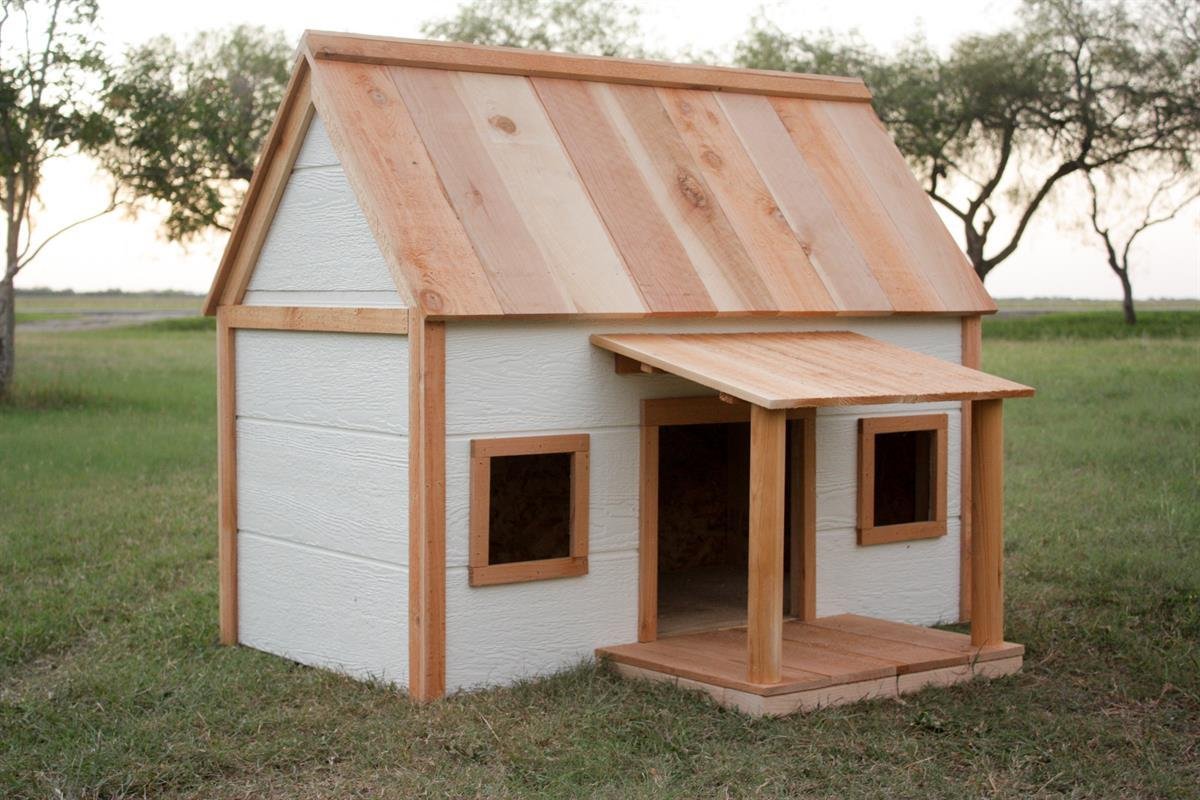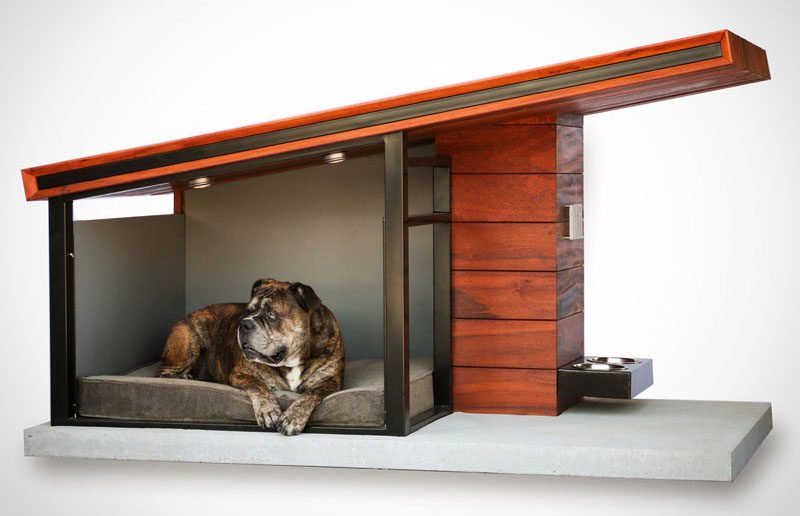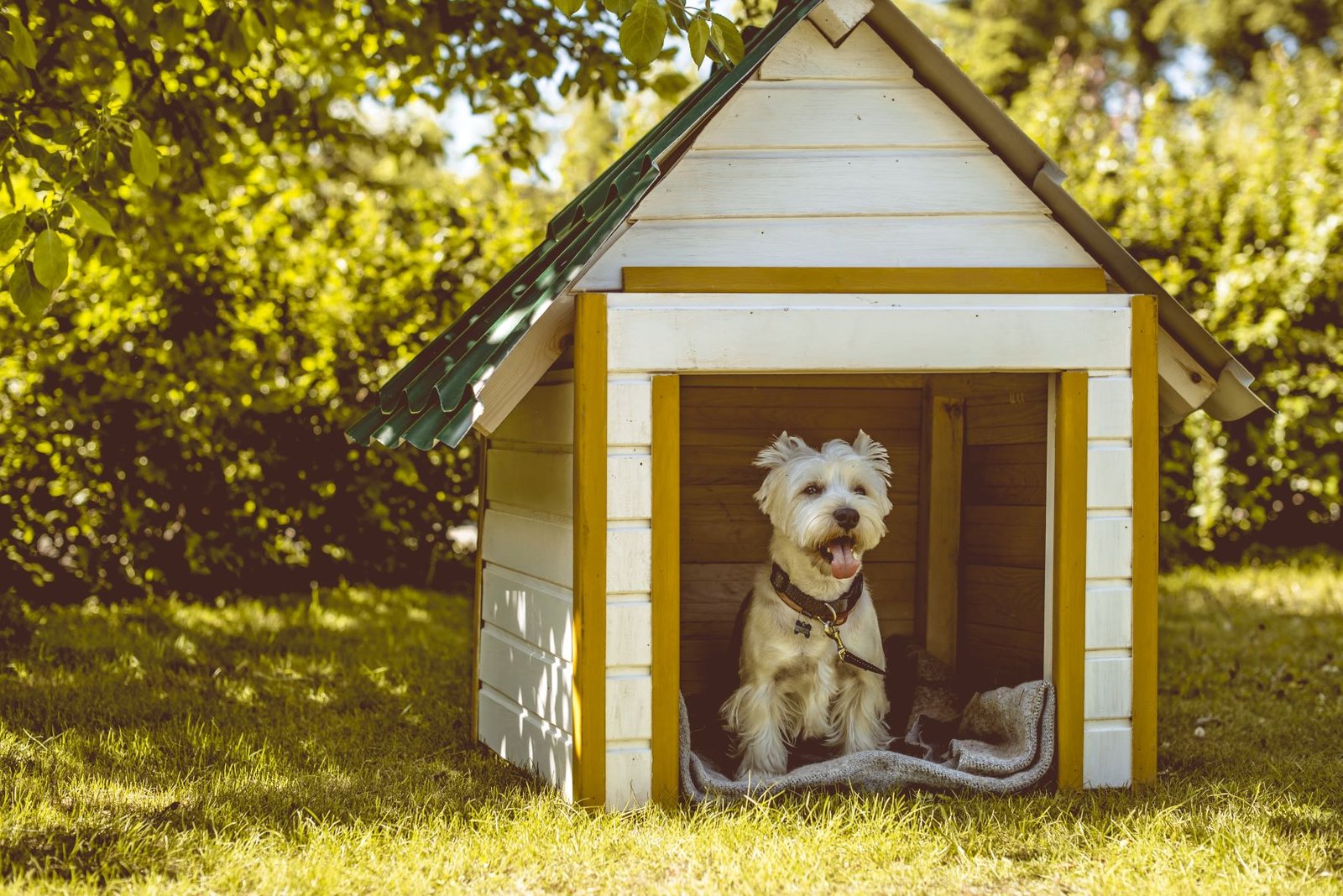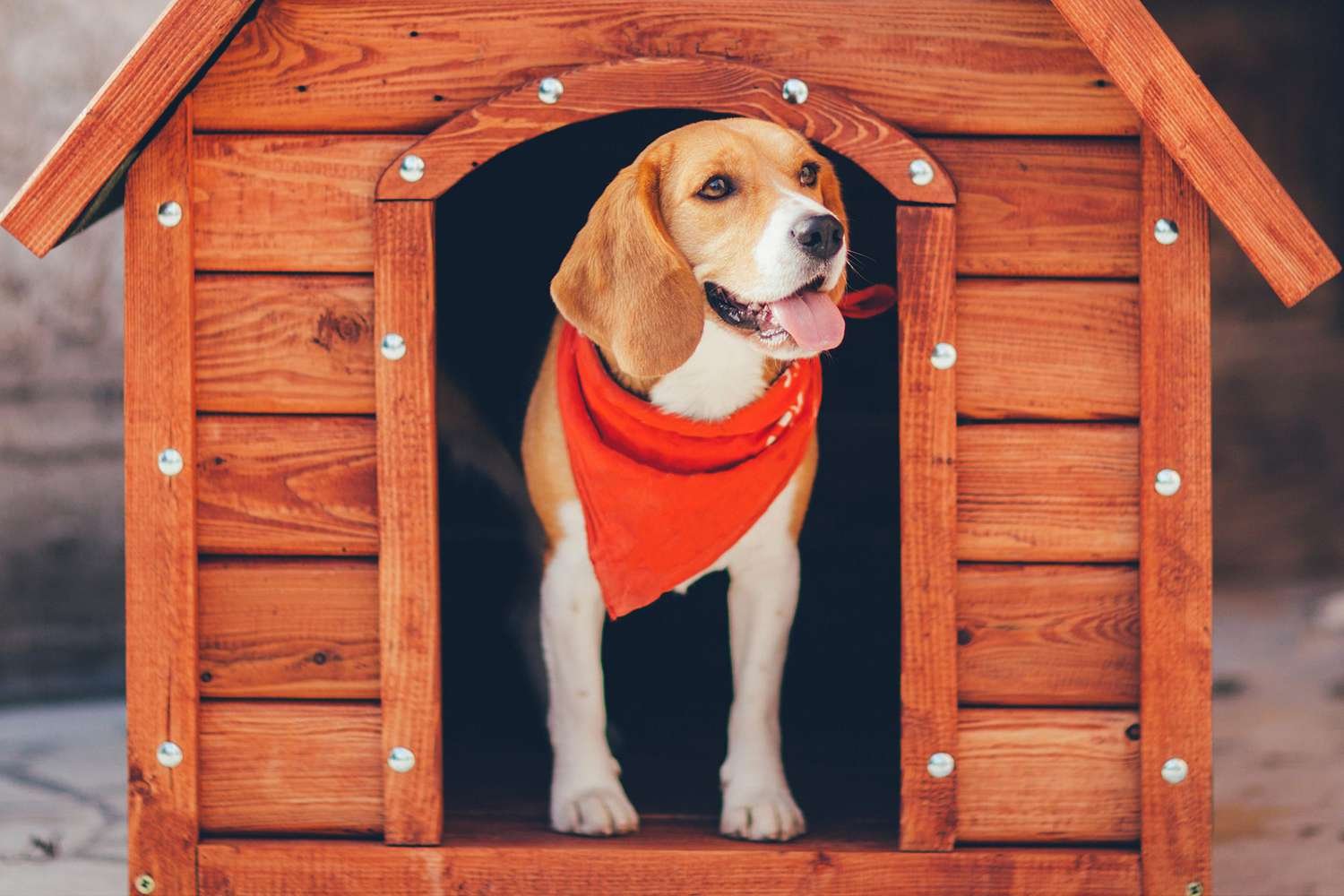If you have a strong or powerful breed, you might notice that their energy and strength can quickly wear down a standard dog house. Knowing how to reinforce a dog house for stronger breeds is essential for their safety and comfort. A reinforced dog house not only withstands their strength but also provides a durable and secure space for them to relax. In this article, we’ll guide you through practical ways to reinforce a dog house to make it sturdy and long-lasting.
Why Reinforcement Is Necessary for Stronger Breeds
Stronger dog breeds, such as German Shepherds, Rottweilers, and Pit Bulls, are naturally energetic and powerful. This means they often exert more force on their surroundings, including their dog house. A regular dog house might not be durable enough to handle their chewing, scratching, or pushing. By reinforcing the structure, you can ensure it holds up against wear and tear while keeping your pet comfortable and safe.
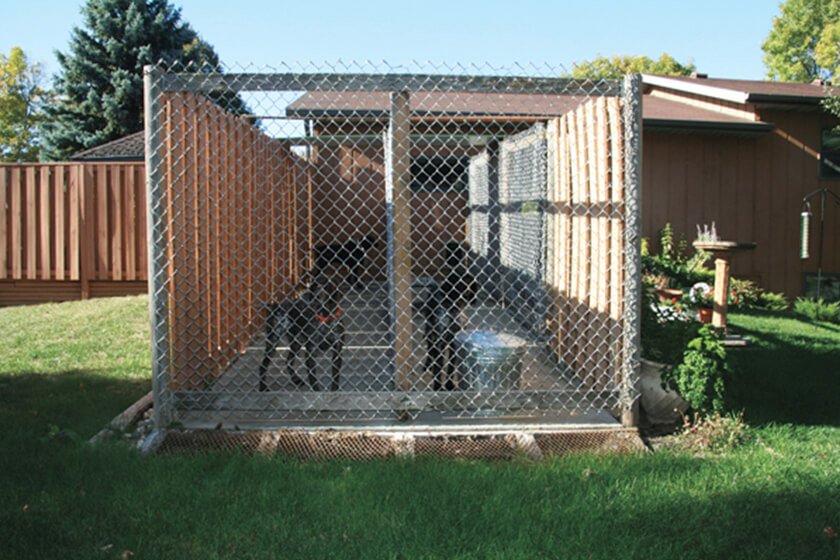
1. Use Stronger Materials
One of the first steps in learning how to reinforce a dog house for stronger breeds is upgrading its materials. Replace weak plywood or thin plastic panels with thicker wood, heavy-duty plastic, or metal sheets. These materials provide a stronger barrier against chewing and weather damage, ensuring the dog house lasts much longer.
2. Reinforce the Floor
The floor of the dog house is often the first part to weaken under the weight and movements of a strong dog. Reinforce the floor by adding extra layers of wood or using a thicker plywood base. For added durability, consider attaching metal braces or cross-supports underneath to prevent sagging.
3. Strengthen the Walls
Stronger breeds can easily push against or scratch the walls of a dog house. To counter this, use reinforced wood or plastic panels for the walls. You can also add support beams or brackets on the inside of the house to make the walls more rigid. If your dog tends to chew, consider lining the interior with a chew-resistant material, like metal sheets or hard plastic.
4. Upgrade the Roof
The roof of a dog house should be strong enough to resist heavy winds, rain, or even playful climbing from your dog. Replace weak roof panels with durable options, such as weather-treated wood or metal. Sloped roofs are ideal because they allow rain and debris to slide off, reducing wear and tear over time.
5. Use Heavy-Duty Fasteners
Weak nails or screws can easily come loose under the force of a strong dog’s activity. When reinforcing a dog house, use heavy-duty screws, bolts, and brackets to secure all parts together. Tighten these fasteners regularly to ensure the structure remains solid.
6. Add Extra Support to the Door Frame
The door is often the most stressed part of the dog house because of repeated entry and exit. Reinforce the door frame with additional wooden or metal trims to prevent cracking or splitting. For dogs that love to chew, consider installing a metal edge protector around the door to keep it intact.
7. Secure the Dog House to the Ground
Strong dogs can sometimes push or tip over their dog houses during play. Prevent this by anchoring the dog house to the ground. You can use stakes, ground anchors, or heavy bricks around the base to keep it steady. This not only adds stability but also improves safety.
8. Waterproof the Structure
While durability is important, keeping the dog house dry is equally essential for your dog’s comfort. Apply a waterproof sealant to all wooden surfaces and use weather-resistant paint for added protection. For metal parts, ensure they are rustproof to maintain their strength over time.
9. Insulate for Comfort
Reinforcing a dog house isn’t just about strength—it’s also about making it comfortable. Stronger breeds often spend a lot of time outside, so insulating the dog house can help regulate temperature. Use foam panels or insulated boards to line the walls and floor. This ensures your pet stays warm in winter and cool in summer.
10. Regular Maintenance is Key
Once you’ve reinforced the dog house, regular maintenance will keep it in good condition. Check for loose fasteners, damaged panels, or signs of wear, and address them immediately. A well-maintained dog house will last longer and continue to provide a safe space for your dog.
Conclusion
Learning how to reinforce a dog house for stronger breeds is crucial for ensuring your pet has a safe, sturdy, and comfortable place to rest. By upgrading the materials, strengthening the structure, and anchoring it securely, you can create a durable dog house that stands up to the strength and energy of your furry friend. With these steps, your dog will enjoy a shelter that’s not only tough but also cozy and reliable.







